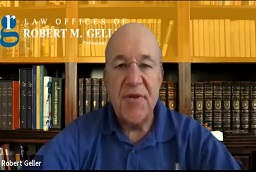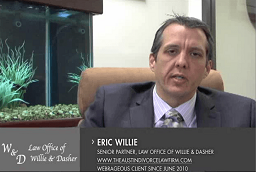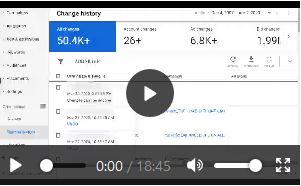
John McGhee
Call Extensions
The PPC best practices that are applicable on mobile but not desktop revolve around user experience on each device type. Landing page strategy and ad extension usage should vary based on the device. Mobile landing pages will typically be single pages without navigation. Mobile strategy hinges on a more rapid search process.
It makes sense to summarize information on one mobile landing page and design that page in a way that encourages action – like calling. Few people call from a desktop [device], so less emphasis should be placed on calling on desktop [pages]. This [strategy] applies to ad extension usage as well. Call Extensions will be less relevant on desktop devices, and other informational extensions like site links or structured snippets are more applicable.
IF functions
In the case of Google Search Campaigns, in-text ads, I use IF functions that allow inserting a specific message in a text ad when a condition is met. There are two supported targets: device and audience. I use device targeting. Usually, these ads have a 20 – 25% higher conversion rate because I use different ad copy for mobile, which contains less text and have mobile-specific CTAs. Using the IF functions, you can create ads tailored to each search. They will be more relevant to potential customers. It’s a good best practice to mobile segment ads at the campaign level.
In the case of Facebook Ads, I always use placement-specific ad sizes when it comes to ads for mobile devices. I can’t use landscape images or videos used in the case of YouTube ads. When it comes to Facebook video ads with a mobile device targeting, I usually add captions to our videos because they auto-play without sound if the mobile phone is on silent mode. This way, you can create a better user experience.

Bernadett Kovacs-Dioszegi
Josh Jurrens
Situational cues
We always consider what we call situational cues as a best practice on mobile campaigns where this rarely translates to desktop. For example, mobile users are more likely to be out of their homes and are heavily influenced by the current weather and their exact location. Whenever possible, we optimize mobile campaigns with weather triggering to show different ads depending on current conditions. Additionally, when working with brick and mortar retailers, we use addressable geofencing and other location-based tactics to display ads based on where the user has been. Ideally, we combine these tactics to serve ads that are extremely timely, relevant, and personalized to the user’s unique situation.
This is a crowdsourced article. Contributors are not necessarily affiliated with this website and their statements do not necessarily reflect the opinion of this website, other people, businesses, or other contributors.



















